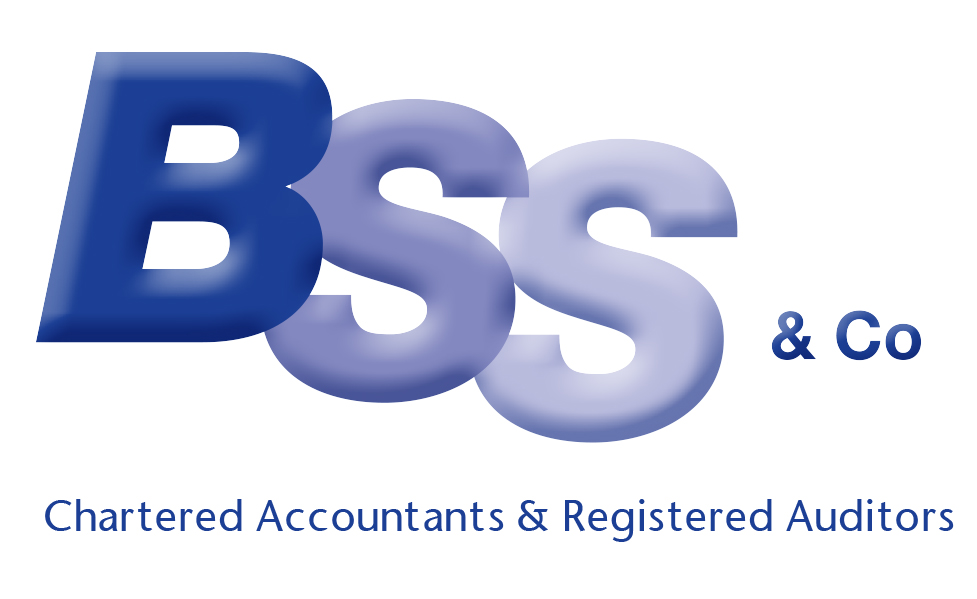Meaning of “new and unused” clarified for CAs purposes
The guidance on what “new and unused” means for the purposes of first-year allowances has been updated in order to make things clearer. What’s the full story?

The guidance on what “new and unused” means for the purposes of first-year allowances has been updated in order to make things clearer. What’s the full story?
HMRC’s guidance has been updated to make the capital allowances rules on qualifying expenditure for first-year allowances (FYAs) clearer.
The 100% FYA for main rate expenditure (full expensing) and the 50% FYA for special rate expenditure can only be used if the plant and machinery is new and unused. The guidance has now been updated to clarify that:
- where expenditure is incurred on upgrading or improving an existing asset by adding new parts, the expenditure may qualify for full expensing/the 50% FYA
- where new and unused parts are combined with used or second-hand parts to create a new asset, only the expenditure incurred on the new and unused parts may qualify for full expensing/the 50% FYA; and
- where something new has been made from recycled materials, the new asset will be unused and not second hand for the purposes of full expensing/the 50% FYA.
It may be prudent to revisit expenditure from previous years to check whether FYAs should have been claimed.
Related Topics
-
Employee home-to-work travel costs during rail strike
To keep the impact of the recent London Underground strikes on your business to a minimum it offered to reimburse employees for the costs of travelling to work via other means. Does this create a taxable benefit in kind?
-
Electronic VAT return and payment due
-
Frequent changes of company car
If your employees enjoy multiple changes of company car during the year, could averaging the car benefit calculation save tax? If so, what’s involved and how can they avoid an unexpected tax bill?




 This website uses both its own and third-party cookies to analyze our services and navigation on our website in order to improve its contents (analytical purposes: measure visits and sources of web traffic). The legal basis is the consent of the user, except in the case of basic cookies, which are essential to navigate this website.
This website uses both its own and third-party cookies to analyze our services and navigation on our website in order to improve its contents (analytical purposes: measure visits and sources of web traffic). The legal basis is the consent of the user, except in the case of basic cookies, which are essential to navigate this website.